History
Vikings have had a massive impact on the history of Ireland. Even the names Munster, Leinster and Ulster are of Scandinavian origin. But how did the Vikings get to Ireland from Scandinavia?
They used ships called a Drakkar, which was a type of long ship with a sail. It also had space to allow around 60 Vikings to row at the same time.
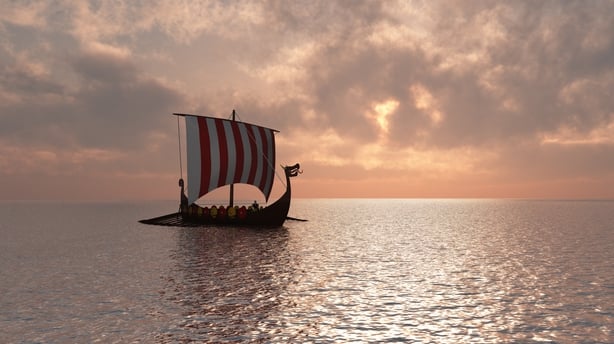
The first Vikings to arrive in Ireland are believed to have come from Norway and Denmark in the late 8th century. These were called raids with a small number of Vikings invading an area before leaving quickly.
In 837, up to sixty longships sailed up the River Liffey plundering churches and property and by 841, the Vikings set up a settlement in Dublin.

Longships
Longships were considered like spacecrafts at the time. They allowed the Vikings to travel vast distances. In a single trip, they could sail from Scandinavia, down to Spain, across to Italy and back to Scandinavia!
The longships could either be rowed or they could use wind power with sails. The Vikings were fierce warriors. They had swords, axes, shields, and proper meta helmets.
Monks did not stand a chance against the invading Vikings.
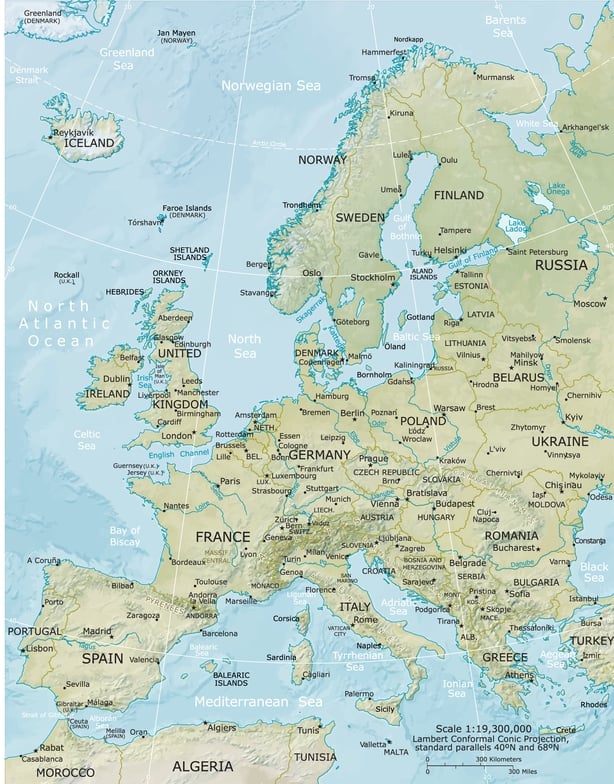

Sea Stallion of Glendalough
Did you know that one of the biggest Viking ships ever found was built in Ireland? It was built in Dublin in 1042.
The wreck of the ship was discovered under the water in Denmark in 1962. It was called Skuldelev 2. Scientists were able to tell that the wood the boat was made of came from oak trees near Dublin.
It is believed that the trees came from Glendalough. Amazingly, Denmark ship builders built an exact replica, or copy, of Skuldelev 2 and called it The Sea Stallion of Glendalough, which you can see below.
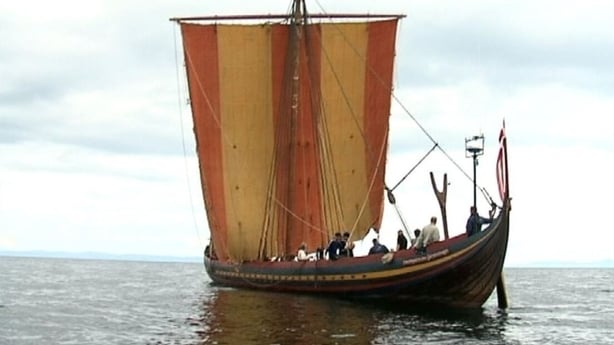
In 2007, they sailed The Sea Stallion of Glendalough from Denmark to Dublin, re-creating the voyage it made almost 1,000 years ago! The 2200km journey took six weeks and arrived in Dublin Port, photographed below.
Of course, the crew on The Sea Stallion of Glendalough had modern technology help them to navigate. Imagine trying to do that 1,000 years ago with no satellite technology.
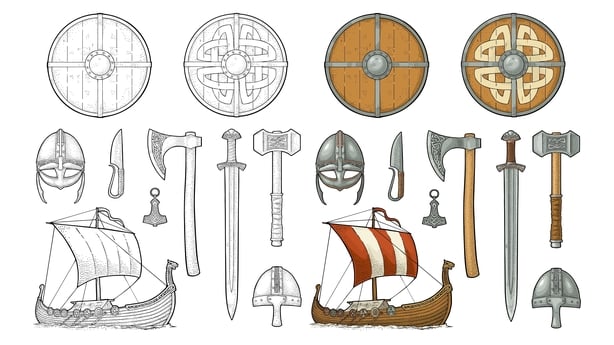
Exercise 1
Write a diary entry of a Viking who is just about to leave their home on a boat to come to Ireland.
A diary is a journal organised by date where thoughts, feelings, opinions, and plans are expressed. So what kind of Viking are you going to write about?
You can download the activity sheet here with a diary page and much more!
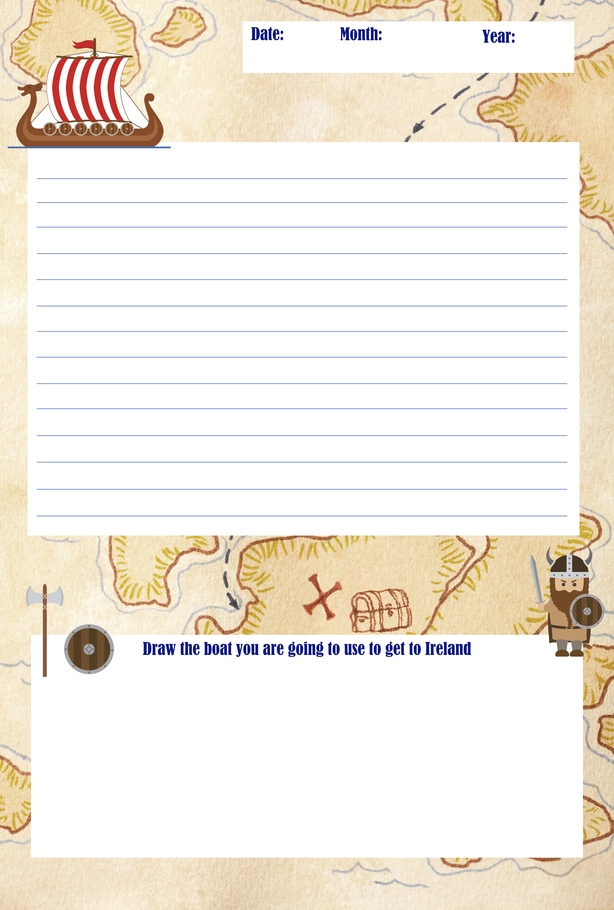

Exercise 2
Make a Sundial!
A sundial is an ancient device that is used to tell the time of day using the sun. They have been used for thousands of years to tell the time and they are easy to make!
The Vikings used the sun to navigate across the sea but we are going to use the sun to tell the time.
What you will need: A stick, some stones, a watch and sunshine.
Step 1
Take a stick and stick into some sand or grass. Keep it as straight as possible.
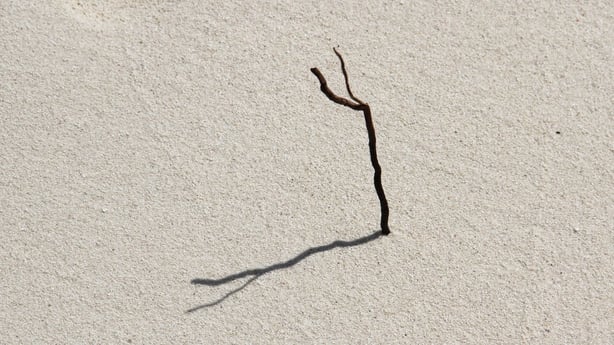
Step 2
Starting at exactly 9am, place a stone, or shell at the end of the shadow. You can make the number 9 on the stone.
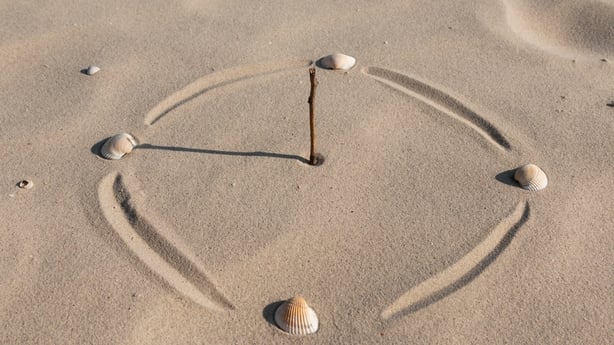
Step 3
An hour later, exactly at 10am, place another stone where the shadow is. Repeat every hour until 5pm. As the sun sets early at this time of year, it will be difficult to see the shadow after 5pm.
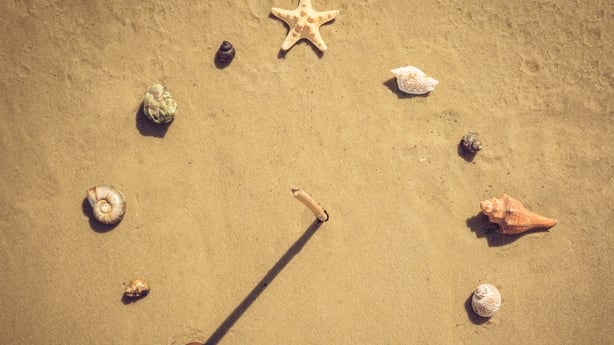
Step 4
You can use your imagination to create a fancy clock design or keep it simple. If you marked each hour from 9am to 5pm, you will have 9 stones. When the sun hits the first stone the next day, you will know it's 9am!
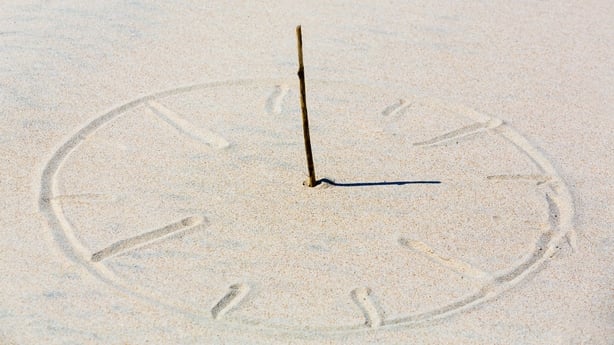

Jokes
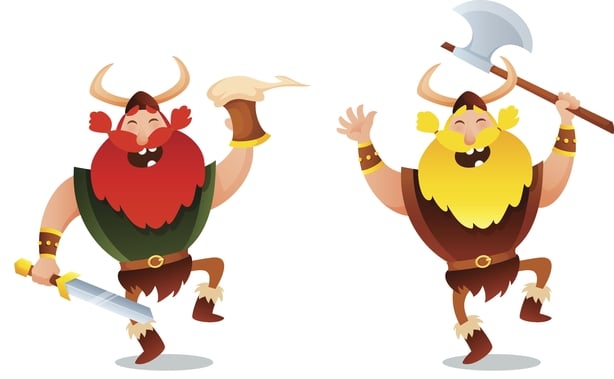
What do Vikings play when they are on a boat trip?
Cards – because they always have a deck!
What was the Viking's favorite letter of the alphabet?
C (….the Sea....get it!)
When do Vikings’s buy their clothes?
When they’re on sail!


